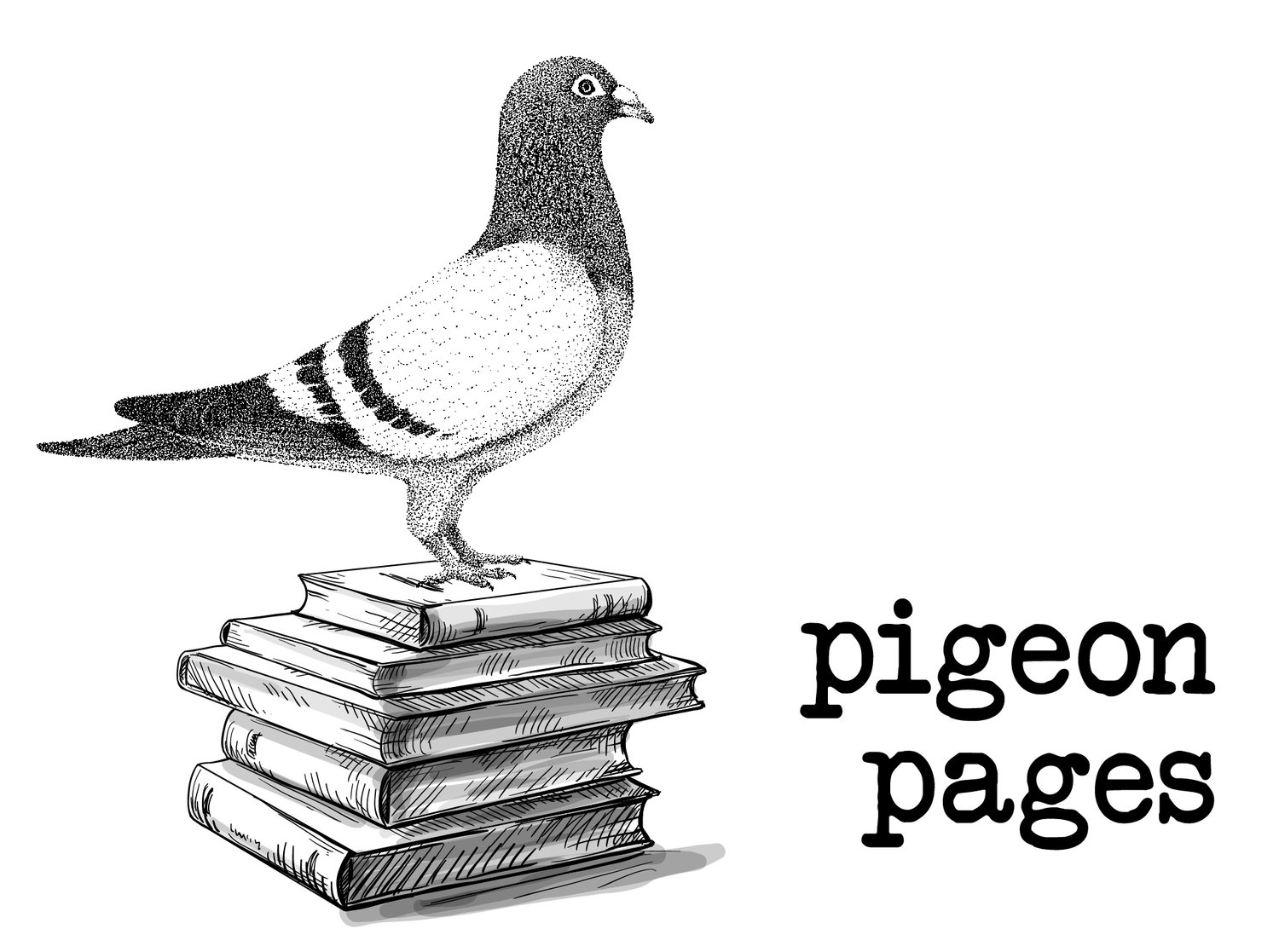Valerie Hegarty, Silver Skeleton Series: Full Skeleton, 2019. Epoxy resin, foil, silver enamel paint. Image courtesy of the artist.
Milkbones
by Bethany Ball
She hadn’t killed him. He’d died on his own account. Bloated and insufferable, he’d died in the bathtub, floating in his own dirty bath water. His eyes wide and staring. She was strong, and she’d pulled the drain and then pulled him free from his cast-iron tub. Damned if she’d pay for a burial and funeral. There was no one to come anyway. Only the Witnesses came to the house now, with their pamphlets and bags of canned charity.
When she’d pulled him through the hallway, the dog had barked at him like he was a stranger. This surprised her and sealed her secret joy. The dog only ever loved her husband, and her husband had only ever loved the dog. But after she’d pitched her husband down the stairs of the root cellar, the dog, when not chained outside, followed her around ever after in a way that made her sad. It was pitiful really, how meager was love.
The ground was too frozen to dig a grave, and she figured by the time spring came, the body would be just as dried out and dried up as a bunch of beets. There was little smell, only bitter memories. Her mother was dead, her siblings scattered. She’d exchanged her mother’s poverty for this house and that man, and now she was alone and free, if slowly starving. The violets she’d tucked into her hair on their wedding day had lasted longer than any hope of love for him. He’d beaten her once and she’d never again given him reason to. What good was love, if she was hungry?
She stuffed all ill thoughts and words down her gullet and thought of satiation. The larders were empty and the root cellar too. She took her tools down and strung up a hurricane lamp, and she field dressed him as she had hundreds of deer since she was old enough to hold a knife. She shoved the milk crate under his rump to protract his intestines and sharpened her knife by the light of the hurricane lamp. She cut the anus out, clean and careful not to cut into the guts. She sliced him up to the chest and then stopped. With the butcher knife she cut through his sternum. Oh, it was hard. She needed a saw. But she managed to save the meat of the haunches and the chest, and the tenderloins that hung on dearly to the ratchet of the spine. She worked quickly, and hung the meat up on the deer hook, and seasoned it with thyme, aged it proper so it wouldn’t be too gamey. With a big ax she’d hacked off the head, the gape of his neck, the larynx. The palimpsest of skin scraped off the bone, his history written there in the spots from age and sun and diseased liver. She left a tangle of bone and silver hair in a small pile on the mantle. The head she’d boiled then bleached. The skull she set on the table to keep her company. It required no food or conversation.
No one dared come around, and when finally the old sheriff showed up in the spring, she’d told him her husband had wandered away years back. Outside, the old dog made a lazy orbit around the mulberry tree, his flank stained purple from the newly fallen berries he’d laid down in. He carried in his jaw a thigh bone she had given him.
The sky turned green and strange, like celluloid over a lens, like tornado weather. She watched out the window as the dog slowed and circled around in place, tangling up his chain, before settling.
The meat, properly dried in the smokehouse, kept her and the dog fed for two long winters.
Published March 25, 2023
Bethany Ball was born in Detroit and currently lives in New York. She has been published in The Common, BOMB, New York magazine, The American Literary Review, the Detroit MetroTimes, Electrical Literature, Zyzyvva, and Literary Hub. Her novel WHAT TO DO ABOUT THE SOLOMONS was published in 2017 by Grove Atlantic. It was short listed for the 2017 Center for Fiction First Novel Prize and was a runner up in the Jewish Book Council’s debut fiction prize. Her second novel, THE PESSIMISTS was published by Grove Atlantic in 2021.
Valerie Hegarty's solo exhibitions include Malin Gallery, Nicelle Beauchene, NY; Marlborough Gallery Chelsea; Locust Projects, Miami; Museum 52, London; The MCA in Chicago; and Guild & Greyshkul, NY, among others including a commission for a public sculpture on the High Line, NY and a show of site-specific installations in The Brooklyn Museum’s period rooms. Selected group exhibitions in NY include Artists Space, The Drawing Center, D’Amelio Terras Gallery, Derek Eller, White Columns and MoMA PS1. Hegarty has been awarded numerous grants through foundations such as the Colene Brown Art Prize, The Adolph Gottleib Foundation, The Pollock Krasner Foundation (2x grantee), The New York Foundation for the Arts (2x grantee), the Rema Hort Mann Foundation, the Tiffany Foundation, and Campari NY. Residencies include LMCC, Marie Walsh Sharpe, PS 122, MacDowell, Yaddo and Smack Mellon. Hegarty received an MFA from The School of the Art Institute of Chicago, a BFA from San Francisco’s Academy of Art College and a BA from Middlebury College, VT. Hegarty was the first Andrew W. Mellon Arts and the Common Good Artist-in-Residence at Drew University in Madison, New Jersey from 2014-2015. Hegarty is represented by Malin Gallery. Valerie Hegarty is also an emerging writer, her short story "Cats vs. Cancer" was published in 2019 in The New England Review and won a PEN Dau 2020 debut short story prize.

